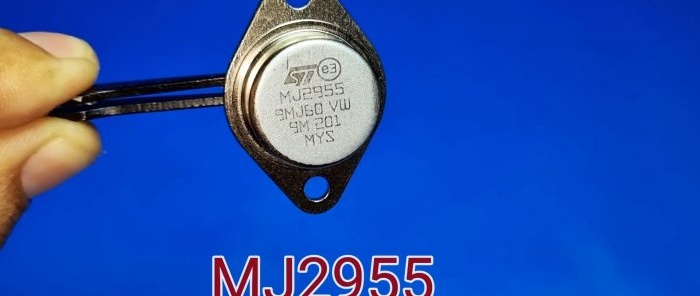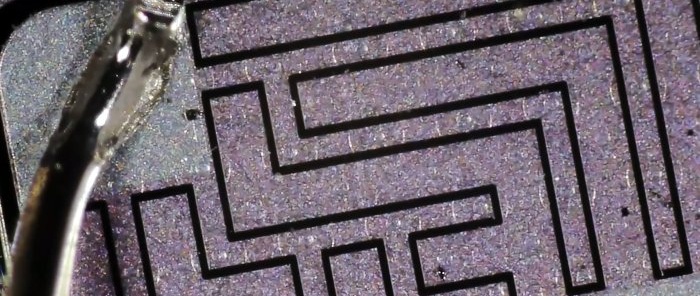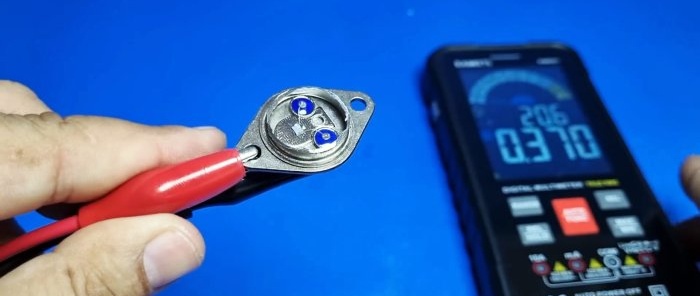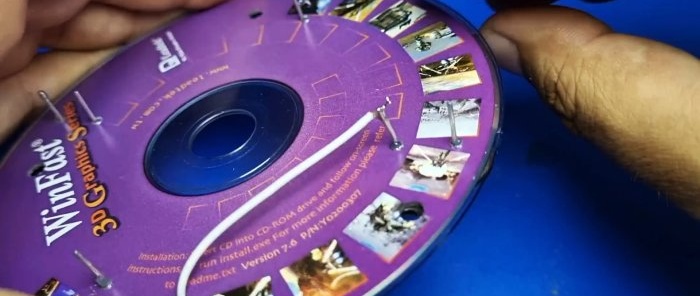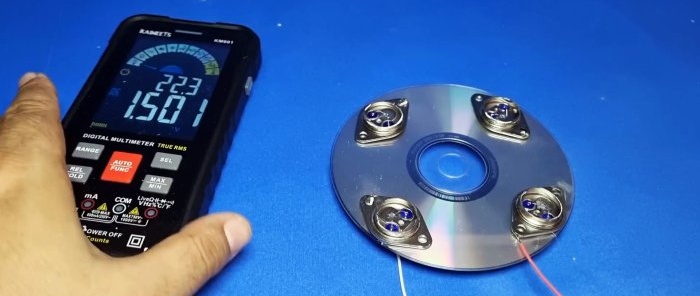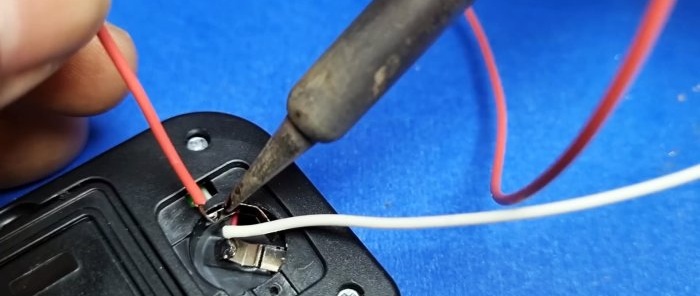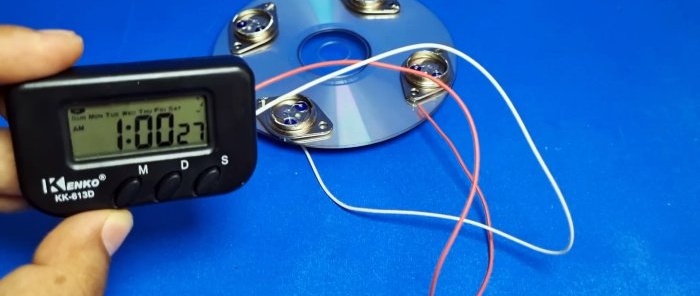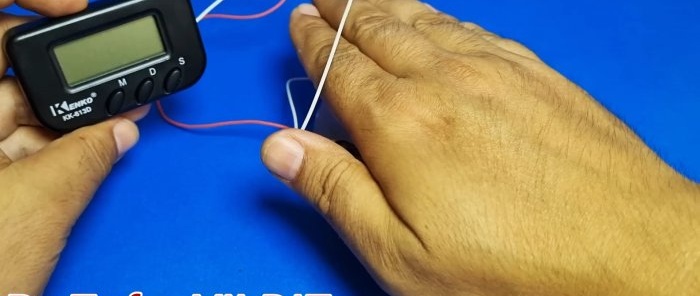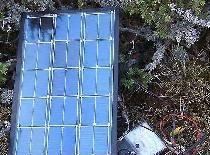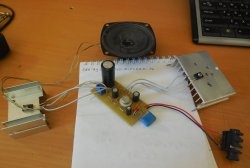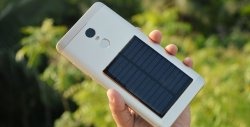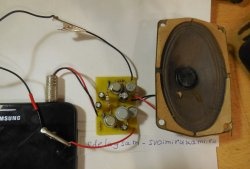Everyone knows (and those who don’t know, find out now) that silicon is used to produce the main types of solar cells. This is a semiconductor that is widely used in the manufacture of radio-electronic components. For example, in the production of transistors. And an idea arose... Shouldn’t we try to make a solar battery ourselves?
Making a simple solar cell
Transistors of the MJ 2955 type were used for the experiment.
This is a direct conduction silicon device. Quite a lot of power (115 W). This means that the size of the crystal containing silicon p-n junctions is also of sufficient size. In order to verify this, it is proposed to cut off the top part of the transistor with a hacksaw and look inside.
The view reveals a silicon wafer to which the leads are soldered.
The tester, switched on to measure voltage with a minimum limit, is connected to the base and collector of the transistor under test.
Under average illumination, the voltage generated by the silicon junction is almost 0.4 V. By closing the transistor with your hand, we reduce the voltage to almost zero. Next stage of testing.
And if you connect several of these transistors in series. Will the generated current be enough to power any household appliance? Let's place four transistors with the top part of the housing sawed off on an old laser disk. Practical and aesthetically pleasing. All transistors are connected in series. The collector of the first with the base of the next and so on. We got a chain of four silicon p-n junctions. “+” is removed from the collector of the first transistor, and minus is removed from the base of the last one.
Well, the voltage value increased almost fourfold and became 1.5 V. This is indoors. And outside, with slight clouds, it increases to 1.7 V. When you cover the light with your hand, the voltage drops. Everything is as in theory. When measuring the current value, the device showed 0.015 mA. Of course, this is extremely little. It’s not for nothing that industrial solar panels are connected to each other in series-parallel. In series to increase the output voltage, and in parallel to increase the amount of current generated.
At the next stage of the experiment, we will try to power a household clock with an LCD indicator from a homemade solar battery. The device is very low-current, designed for a voltage of 1.5 V. The power “pill” is removed from the clock, and instead of it, wires from a solar battery are soldered to the contacts.
And the clock “started”! The indicator works by displaying numbers. But as soon as you close the transistors of the homemade battery with your hand, everything immediately disappears.
Conclusion. The experiment was a complete success. A solar panel made of transistors is quite functional.

